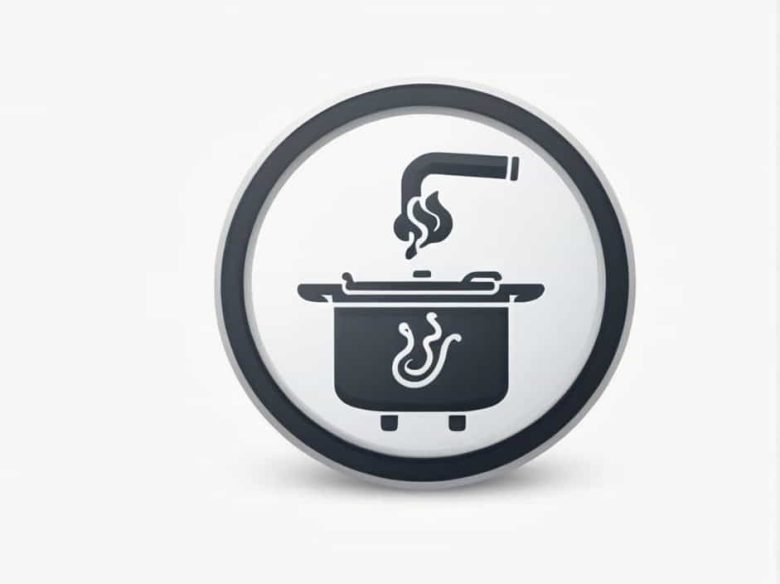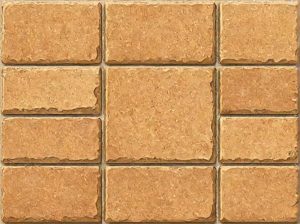Steam curing is a widely used method in the concrete industry to accelerate the hardening process and improve early strength development. This technique involves exposing freshly poured concrete to a controlled environment of steam and heat which speeds up hydration and enhances durability.
Steam curing is preferably used for precast concrete high-strength structures and cold-weather applications where rapid strength gain is essential. This topic explores the best uses of steam curing its advantages and why it is a preferred choice in certain construction projects.
What Is Steam Curing?
Steam curing is a heat-assisted curing process where concrete is exposed to steam in a temperature-controlled environment. This method enhances cement hydration leading to faster setting times and improved early strength.
How Steam Curing Works
- Concrete is placed in a curing chamber or tent.
- Steam is introduced increasing temperature and humidity.
- Higher temperatures speed up hydration strengthening the concrete faster.
- After reaching the required strength the curing process is gradually stopped.
Where Is Steam Curing Preferably Used?
1. Precast Concrete Production
Steam curing is widely used in precast concrete manufacturing including:
- Beams and columns
- Precast panels
- Concrete pipes
- Bridge components
Since precast elements require high early strength for faster transportation and installation steam curing significantly reduces the waiting time compared to traditional curing methods.
2. High-Strength Concrete Structures
For structures needing higher early strength such as bridges tunnels and heavy-duty industrial floors steam curing ensures that concrete reaches the desired strength within hours instead of days. This is especially beneficial for projects with tight schedules.
3. Cold Weather Construction
Low temperatures slow down concrete hydration increasing the risk of delayed setting and potential freezing damage. Steam curing is used in cold climates to:
- Prevent freezing of fresh concrete.
- Maintain optimal curing conditions despite low ambient temperatures.
- Ensure timely strength development for construction to proceed smoothly.
4. Prefabricated Concrete Blocks and Pavers
Concrete blocks pavers and tiles require rapid strength development for mass production. Steam curing accelerates setting time and hardening allowing manufacturers to produce more units in shorter timeframes.
5. Concrete Pipes and Utility Structures
Utility structures such as sewer pipes manholes and culverts benefit from steam curing because:
- They require high durability and early strength.
- Faster curing enables quicker handling and installation.
- Uniform curing ensures consistent quality across multiple units.
Advantages of Steam Curing
1. Faster Strength Development
- Concrete gains higher early strength allowing for quicker formwork removal and transportation.
- Ideal for projects with tight deadlines.
2. Improved Durability
- Steam curing reduces porosity making concrete more resistant to water penetration and chemical attacks.
- Enhances long-term strength and durability.
3. Efficiency in Large-Scale Production
- Precast plants and manufacturing facilities can increase output by reducing curing times.
- Enables continuous production cycles boosting efficiency.
4. Cold-Weather Protection
- Maintains optimal curing temperatures even in freezing conditions.
- Prevents thermal cracking and delayed strength gain.
5. Better Control Over Curing Conditions
- Steam curing provides consistent heat and moisture ensuring uniform strength and quality across all concrete elements.
Steam Curing vs. Conventional Curing
| Feature | Steam Curing | Conventional Curing |
|---|---|---|
| Curing Time | 12-24 hours | 7-28 days |
| Early Strength Gain | Very high | Moderate |
| Temperature Control | Controlled environment | Dependent on weather |
| Best For | Precast high-strength cold-weather applications | General construction |
How to Apply Steam Curing Effectively
1. Control the Temperature
- The ideal temperature range is 120°F to 160°F (50°C to 70°C).
- Avoid excessive heat as it can cause thermal cracking.
2. Maintain Proper Humidity
- Steam should keep the humidity above 90% to prevent surface drying and cracking.
3. Use a Gradual Heating and Cooling Process
- Avoid sudden temperature changes to reduce thermal stress.
- Gradually lower the heat when curing is complete to prevent cracking.
4. Monitor the Strength Development
- Regularly test concrete samples to ensure the required strength is reached before removing forms or handling.
Common Mistakes to Avoid
1. Overheating the Concrete
- Excessive heat can cause internal cracks and long-term durability issues.
2. Inconsistent Steam Distribution
- Uneven steam exposure can lead to variable strength and curing defects.
3. Too Short or Too Long Curing Duration
- Insufficient curing leads to weak concrete.
- Over-curing may cause shrinkage issues.
Frequently Asked Questions
1. Is Steam Curing Suitable for All Concrete Projects?
No steam curing is best for precast elements high-strength structures and cold-weather conditions. For standard slabs and foundations traditional curing methods are sufficient.
2. Does Steam Curing Affect Long-Term Strength?
If done correctly steam curing does not reduce long-term strength. However improper temperature control may lead to durability issues.
3. How Long Should Steam Curing Last?
The typical duration is 12 to 24 hours depending on the concrete mix and project requirements.
4. Can Steam Curing Be Used for On-Site Concrete?
Steam curing is mainly used for precast and controlled environments. On-site steam curing is rare but can be applied in extreme cold-weather conditions.
Steam curing is a highly effective method for accelerating strength gain and ensuring high-quality concrete production. It is especially useful for precast concrete high-strength applications and cold-weather projects. By maintaining optimal temperature and humidity steam curing helps achieve faster construction timelines improved durability and higher efficiency.
For projects requiring rapid strength development and superior performance steam curing remains a preferred choice in the construction industry.

